Home>Home Appliances>Laundry Appliances>How To Clean Poop In A Washing Machine
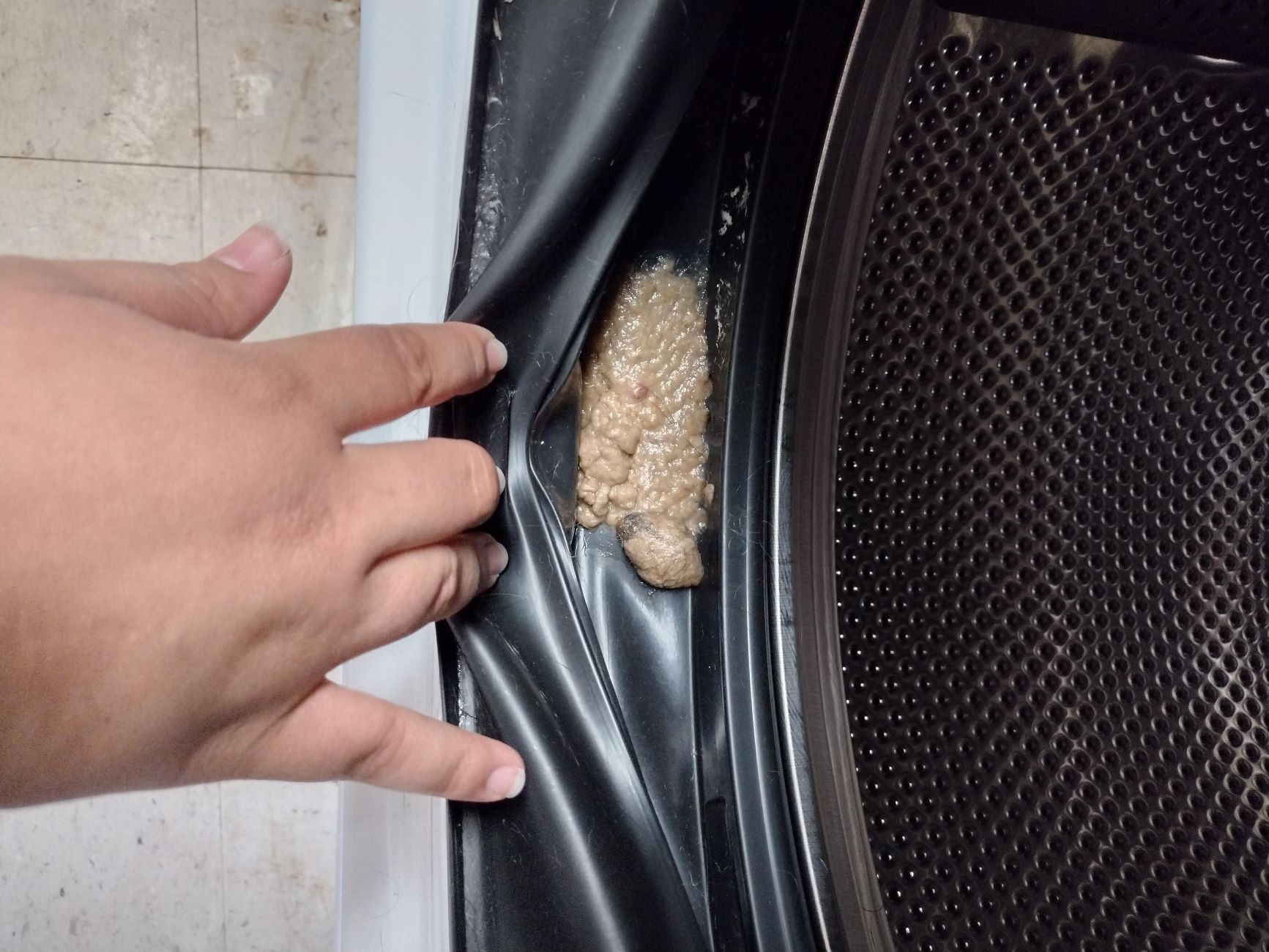

Laundry Appliances
How To Clean Poop In A Washing Machine
Published: February 26, 2024
Learn effective ways to clean poop from your laundry appliances with our step-by-step guide. Keep your washing machine fresh and odor-free.
(Many of the links in this article redirect to a specific reviewed product. Your purchase of these products through affiliate links helps to generate commission for Storables.com, at no extra cost. Learn more)
Understanding the Risks of Poop in a Washing Machine
When it comes to laundry mishaps, dealing with poop in a washing machine ranks high on the list of unpleasant experiences. Whether it's a result of a diaper leakage or an overlooked item in a pocket, the presence of fecal matter in the washing machine poses significant risks that extend beyond the obvious ick factor.
First and foremost, the introduction of poop into the washing machine raises concerns about hygiene and sanitation. Fecal matter contains a plethora of bacteria, including E. coli and other potentially harmful microorganisms. When these contaminants infiltrate the washing machine, they can linger on the drum, door seal, and other surfaces, creating an environment conducive to bacterial growth and cross-contamination.
Moreover, the presence of poop in the washing machine can compromise the cleanliness of the machine itself. The residual fecal matter can lead to foul odors, staining, and the spread of bacteria to subsequent loads of laundry. This not only affects the machine's performance but also raises concerns about the potential health implications for those who come into contact with the contaminated laundry.
Furthermore, the risk of cross-contamination cannot be overlooked. If the washing machine isn't thoroughly cleaned after coming into contact with poop, there is a possibility that the bacteria and pathogens present in the fecal matter may transfer to other items during subsequent wash cycles. This can lead to the spread of germs and pose a health risk to the individuals using the laundered items.
In summary, the risks associated with poop in a washing machine extend beyond the initial discomfort and inconvenience. From compromised hygiene and cleanliness to the potential for cross-contamination, addressing this issue promptly and effectively is crucial to safeguarding both the washing machine and the well-being of those who use it.
Key Takeaways:
- Poop in a washing machine can spread harmful bacteria and cause bad odors. It’s important to clean it carefully to avoid making clothes dirty and keep everyone healthy.
- To prevent poop in the washing machine, check pockets, rinse soiled items, and educate family members. Regular maintenance and using mesh bags can help keep the machine clean.
Read more: How To Clean Washer And Dryer
Precautions Before Cleaning Poop in a Washing Machine
Before embarking on the task of cleaning poop in a washing machine, it is imperative to prioritize safety and hygiene. The presence of fecal matter introduces a host of potential health hazards, making it essential to approach the cleaning process with caution and meticulous attention to detail. By taking the following precautions, you can minimize the risk of exposure to harmful bacteria and ensure the thorough decontamination of the washing machine.
-
Protective Gear: Prior to initiating the cleaning process, it is advisable to don appropriate protective gear, including disposable gloves and a face mask. These items serve as a crucial barrier, preventing direct contact with the fecal matter and minimizing the risk of exposure to harmful pathogens.
-
Ventilation: Adequate ventilation is essential when dealing with contaminated laundry appliances. Before commencing the cleaning process, ensure that the area is well-ventilated to prevent the accumulation of potentially hazardous fumes and to facilitate the dissipation of odors.
-
Isolation: To prevent the spread of contaminants, it is advisable to isolate the affected laundry items and refrain from mixing them with other loads. This helps contain the potential spread of bacteria and minimizes the risk of cross-contamination during subsequent wash cycles.
-
Pre-Cleaning Inspection: Before initiating the cleaning process, carefully inspect the washing machine for any visible traces of fecal matter. Remove any solid waste or residue using disposable paper towels, taking care to dispose of them in a sealed plastic bag to prevent the spread of contaminants.
-
Sanitization: Prior to cleaning the washing machine, it is essential to sanitize the surrounding area and any surfaces that may have come into contact with the contaminated laundry. Use a disinfectant cleaner to wipe down the exterior of the machine, the detergent dispenser, and the door seal to minimize the risk of bacterial transfer.
By adhering to these precautions, you can establish a safe and controlled environment for addressing the presence of poop in the washing machine. These measures not only mitigate the risk of exposure to harmful pathogens but also set the stage for a thorough and effective cleaning process, ensuring the restoration of hygiene and safety within the laundry appliance.
Add 1 cup of white vinegar to the washing machine and run a hot water cycle. Then, add 1/2 cup of baking soda and run another hot water cycle. Finally, wipe down the inside of the machine with a cloth soaked in vinegar.
Steps to Clean Poop in a Washing Machine
Dealing with poop in a washing machine necessitates a systematic and thorough cleaning process to eliminate the presence of fecal matter and mitigate the associated risks. By following these steps, you can effectively address the contamination and restore the hygiene of the washing machine.
-
Preparation and Isolation:
- Begin by donning disposable gloves and a face mask to minimize direct contact with the contaminated surfaces and reduce the risk of exposure to harmful pathogens.
- Carefully remove the affected laundry items from the washing machine and place them in a designated, sealable laundry bag to prevent the potential spread of bacteria.
-
Pre-Treatment:
- If the affected items are heavily soiled, consider pre-soaking them in a solution of water and a disinfectant laundry detergent to help loosen and neutralize the fecal matter before proceeding with the washing process.
-
Machine Cleaning:
- Wipe down the interior of the washing machine with disposable paper towels to remove any visible traces of fecal matter. Dispose of the used paper towels in a sealed plastic bag to contain the contamination.
- Prepare a cleaning solution by combining hot water with a disinfectant cleaner or a mixture of white vinegar and baking soda. Pour the solution into the detergent compartment and initiate a hot wash cycle without any laundry items.
-
Thorough Wash Cycle:
- Run the washing machine through a complete hot water wash cycle to allow the cleaning solution to circulate throughout the drum and effectively sanitize the interior surfaces. The elevated temperature aids in killing bacteria and eliminating residual contaminants.
-
Additional Cleaning:
- Once the wash cycle is complete, inspect the washing machine for any lingering odors or visible stains. If necessary, wipe down the door seal, detergent dispenser, and other accessible areas with a cloth soaked in the cleaning solution to ensure comprehensive decontamination.
-
Ventilation and Drying:
- After the cleaning process, leave the washing machine door ajar to promote air circulation and facilitate thorough drying. Adequate ventilation helps prevent the development of musty odors and minimizes the risk of bacterial regrowth.
-
Post-Cleaning Disinfection:
- Dispose of the disposable gloves and wash your hands thoroughly with soap and water. Additionally, sanitize any surfaces that may have come into contact with the contaminated laundry or cleaning materials.
By meticulously following these steps, you can effectively clean poop in a washing machine and restore the appliance to a hygienic and safe condition. This comprehensive approach not only eliminates the immediate contamination but also minimizes the risk of cross-contamination and ensures the continued cleanliness and functionality of the washing machine.
Tips for Preventing Poop in a Washing Machine in the Future
Preventing poop from infiltrating the washing machine is paramount to maintaining a hygienic and hassle-free laundry environment. By implementing the following proactive measures, you can significantly reduce the likelihood of encountering fecal contamination in your washing machine.
-
Inspect Pockets and Laundry Items: Before loading laundry into the washing machine, thoroughly inspect pockets and garments to ensure that no foreign objects, such as tissues or diapers, are inadvertently included. Vigilance during the pre-wash sorting process can help avert potential mishaps and minimize the risk of fecal matter entering the machine.
-
Secure Diapers and Soiled Clothing: When dealing with diapers or heavily soiled clothing, take care to securely contain the fecal matter before placing these items in the laundry. Utilizing dedicated diaper disposal bags or sealing soiled garments in a separate laundry bag can prevent accidental leakage and minimize the risk of contamination.
-
Utilize Washing Machine Mesh Bags: Consider using mesh laundry bags to encase delicate items, especially those prone to shedding debris or containing small pockets where foreign objects may accumulate. This extra layer of protection can help contain any potential contaminants and safeguard the washing machine from exposure to fecal matter.
-
Pre-Rinse Soiled Items: For heavily soiled items, particularly those with visible fecal matter, consider pre-rinsing them in the toilet before placing them in the washing machine. This preliminary step can help remove excess waste and minimize the likelihood of fecal residue entering the machine during the wash cycle.
-
Educate Household Members: Promote awareness and education within the household regarding the importance of preventing fecal contamination in the washing machine. Encourage family members to be mindful of the items they place in their pockets and to handle soiled garments with care to minimize the risk of accidental contamination.
-
Regular Maintenance and Inspection: Routinely inspect and maintain the washing machine to ensure that it is functioning optimally. Check the door seal and drum for any signs of residue or foreign objects that may pose a risk of contamination. Additionally, adhere to a regular cleaning schedule to prevent the buildup of mold, bacteria, and other contaminants within the machine.
By incorporating these preventive strategies into your laundry routine, you can proactively mitigate the risk of encountering poop in the washing machine. These measures not only contribute to a cleaner and more hygienic laundry environment but also help safeguard the longevity and performance of the washing machine, ensuring that it remains a reliable and sanitary appliance for your household's laundry needs.
Frequently Asked Questions about How To Clean Poop In A Washing Machine
Was this page helpful?
At Storables.com, we guarantee accurate and reliable information. Our content, validated by Expert Board Contributors, is crafted following stringent Editorial Policies. We're committed to providing you with well-researched, expert-backed insights for all your informational needs.
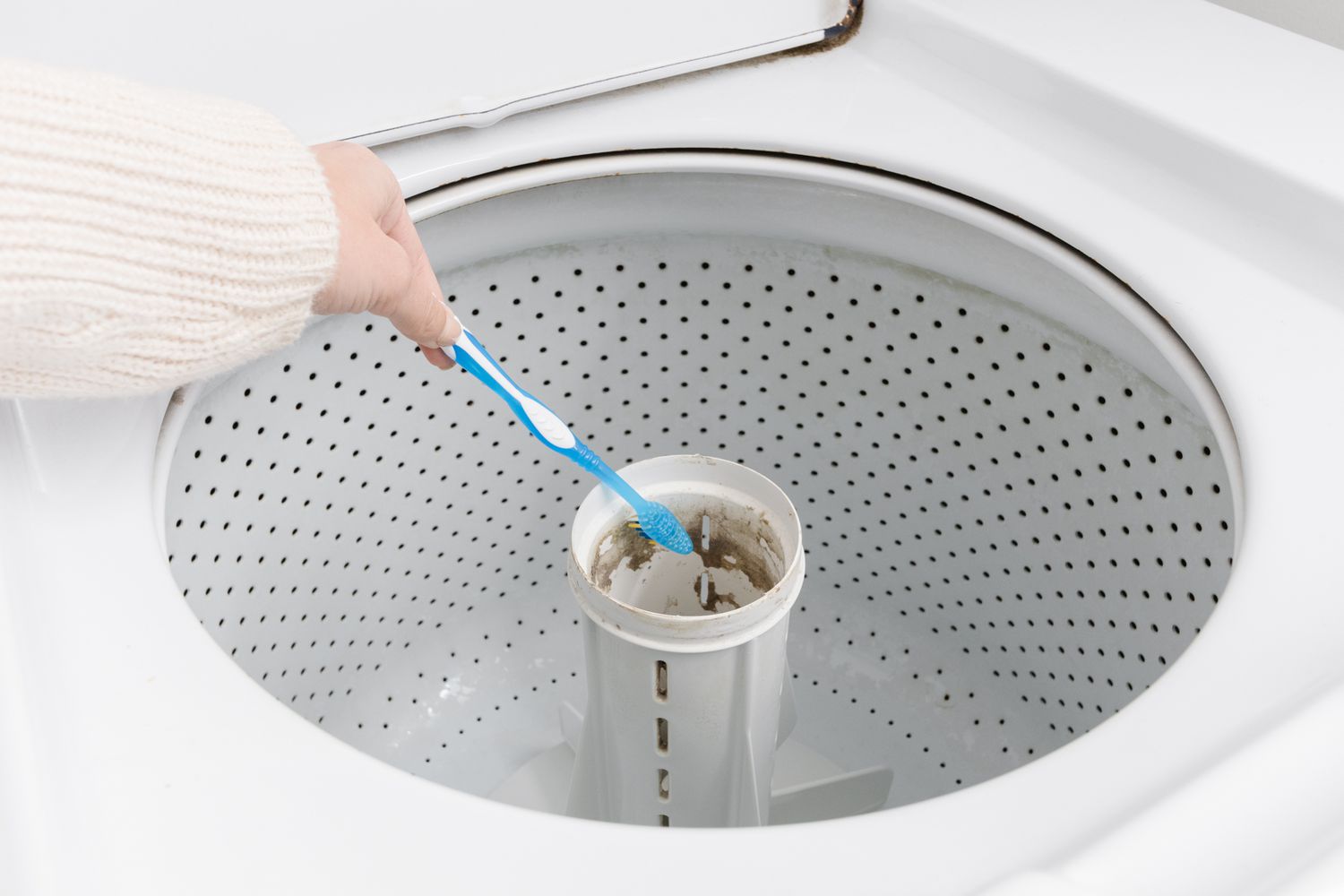
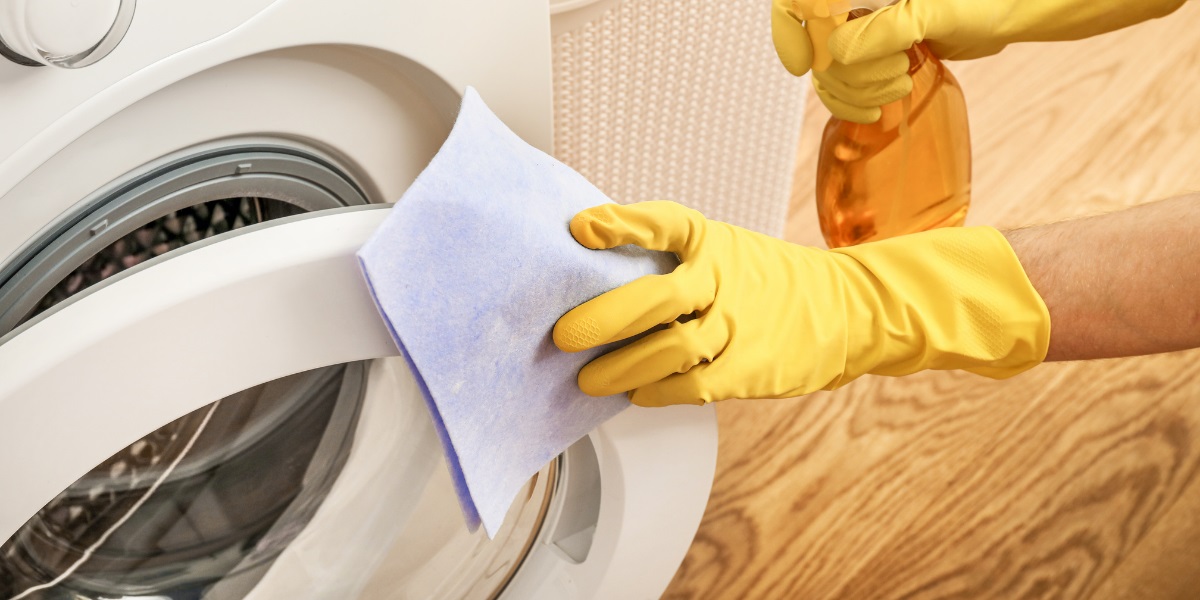
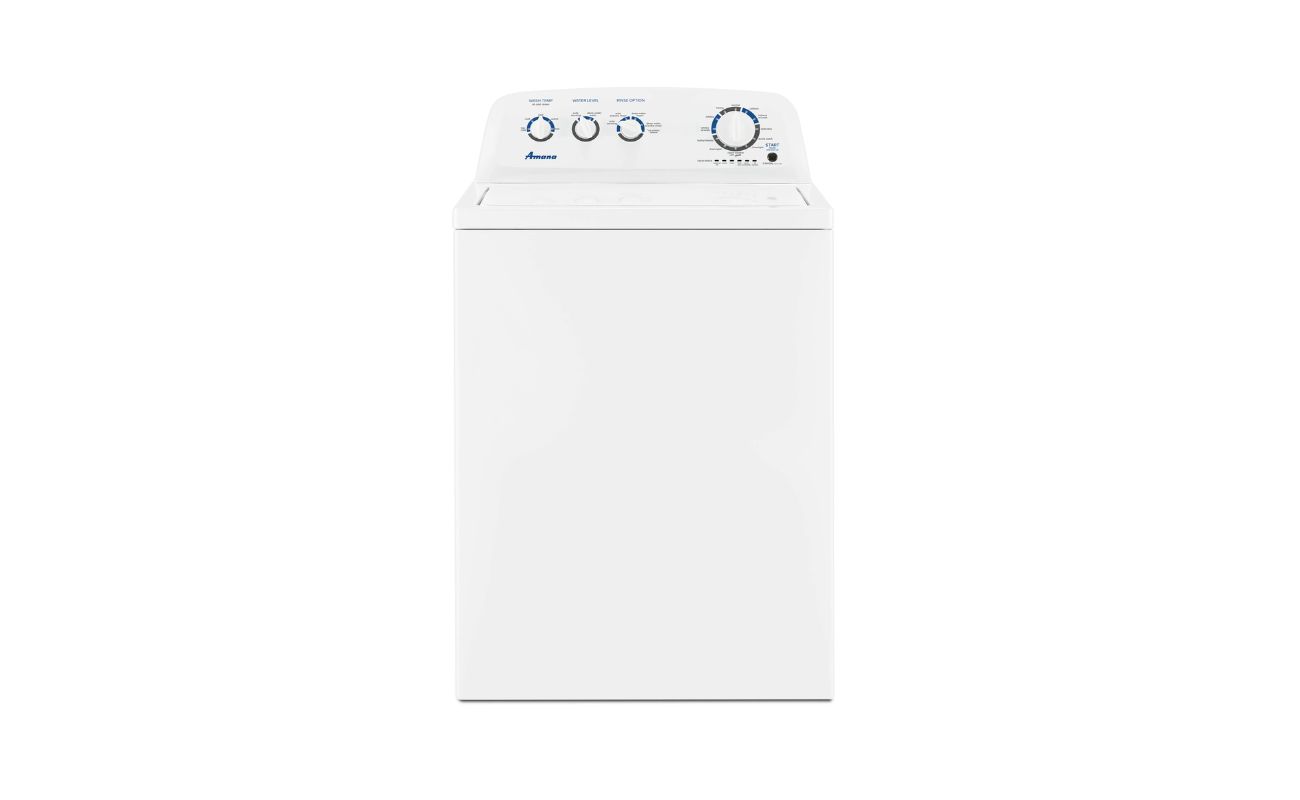
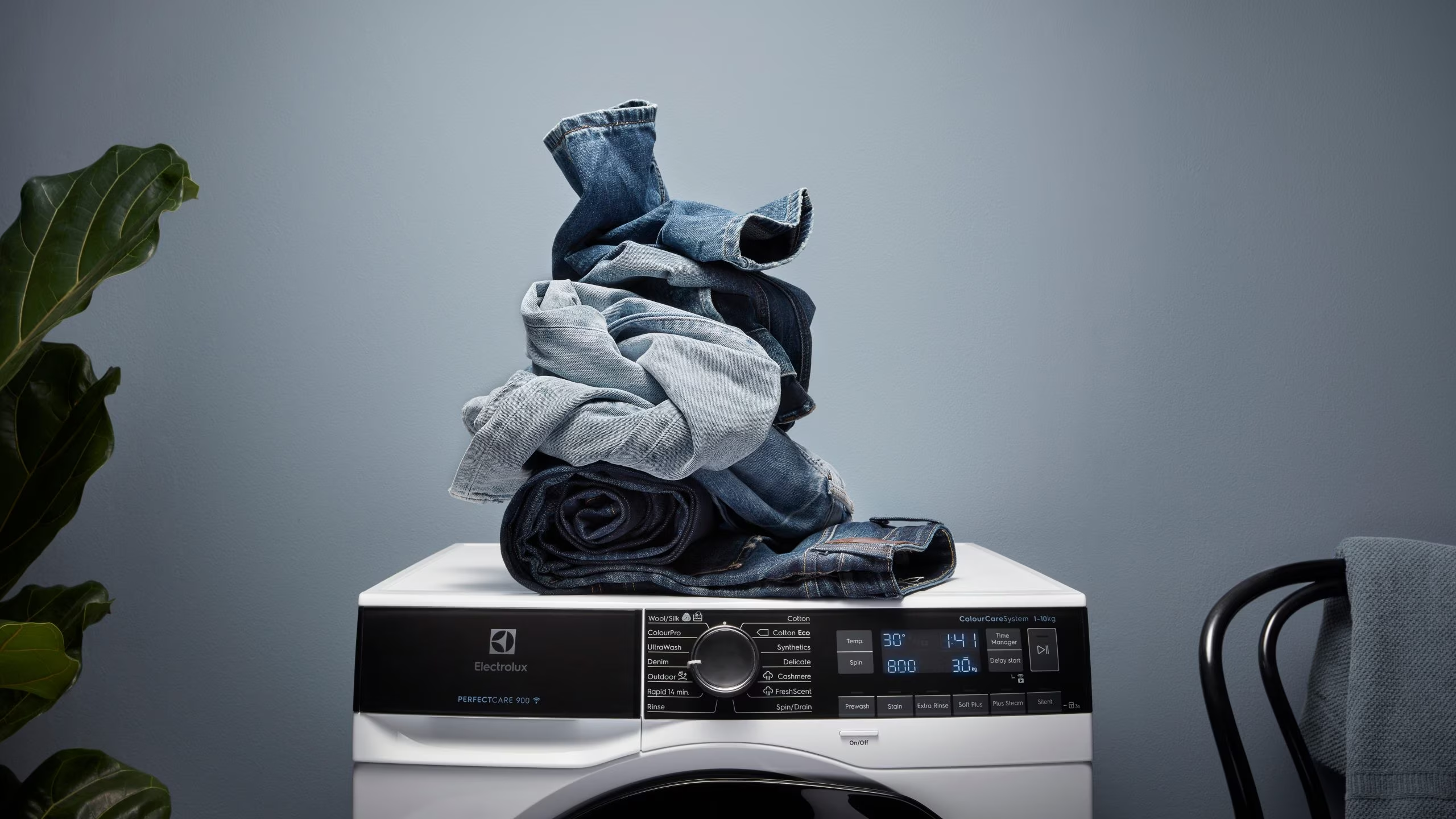
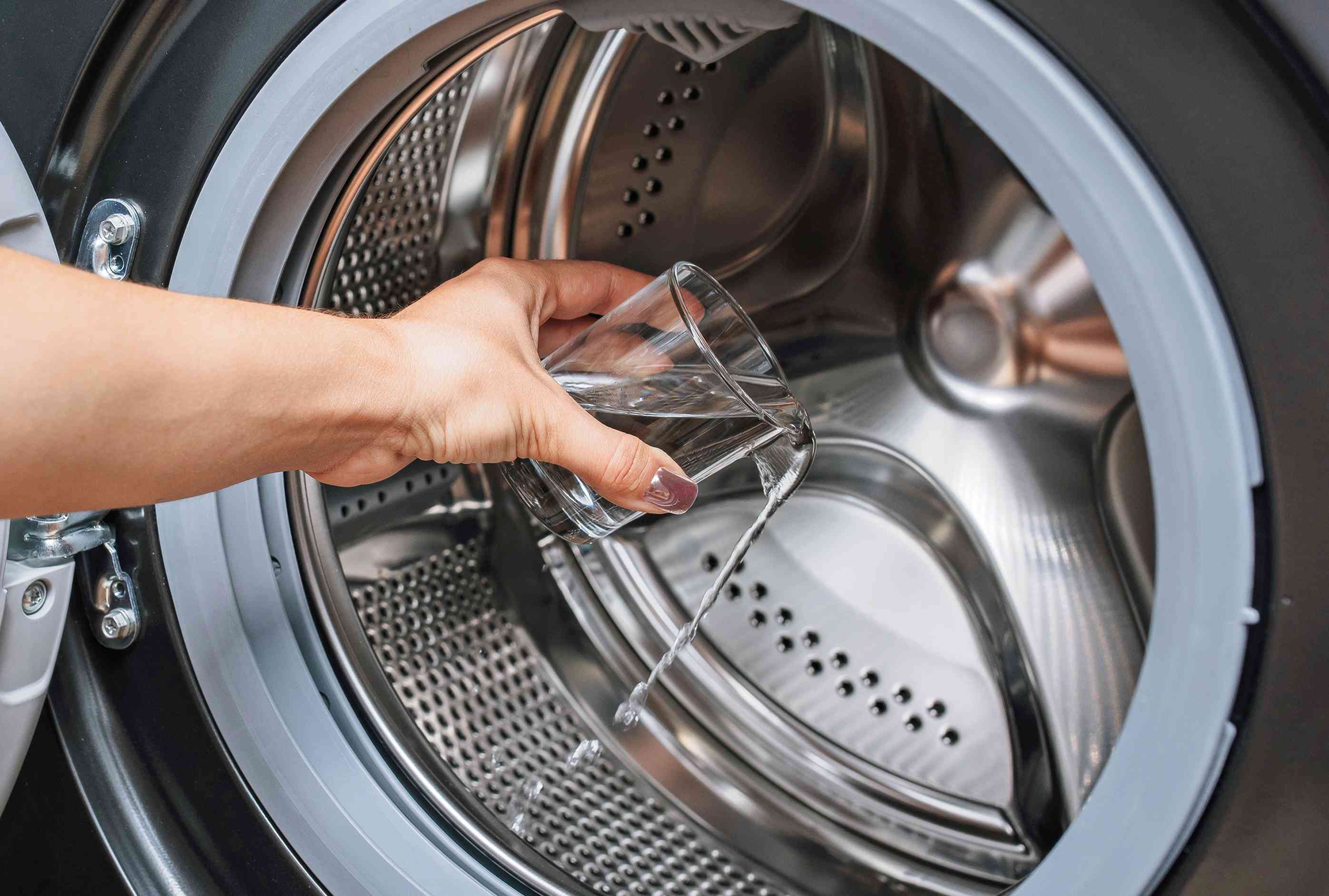
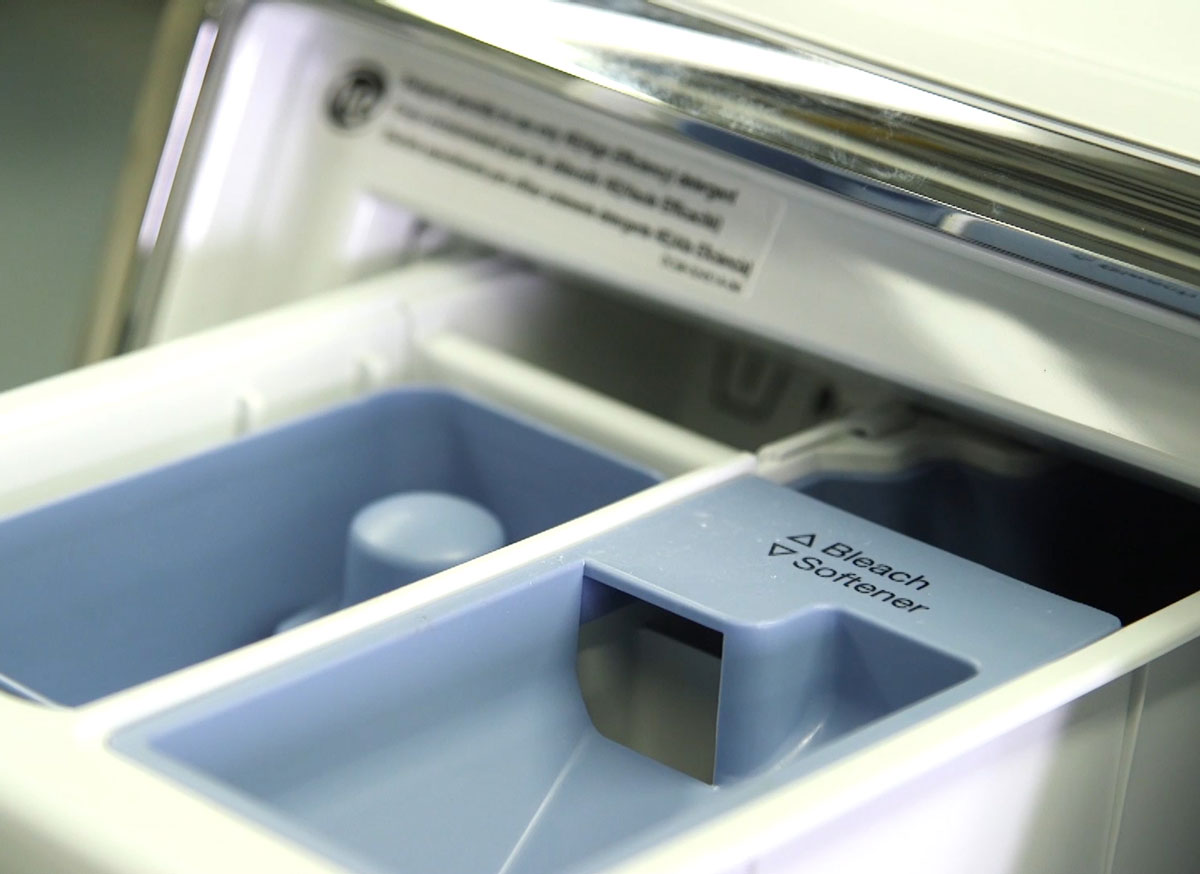
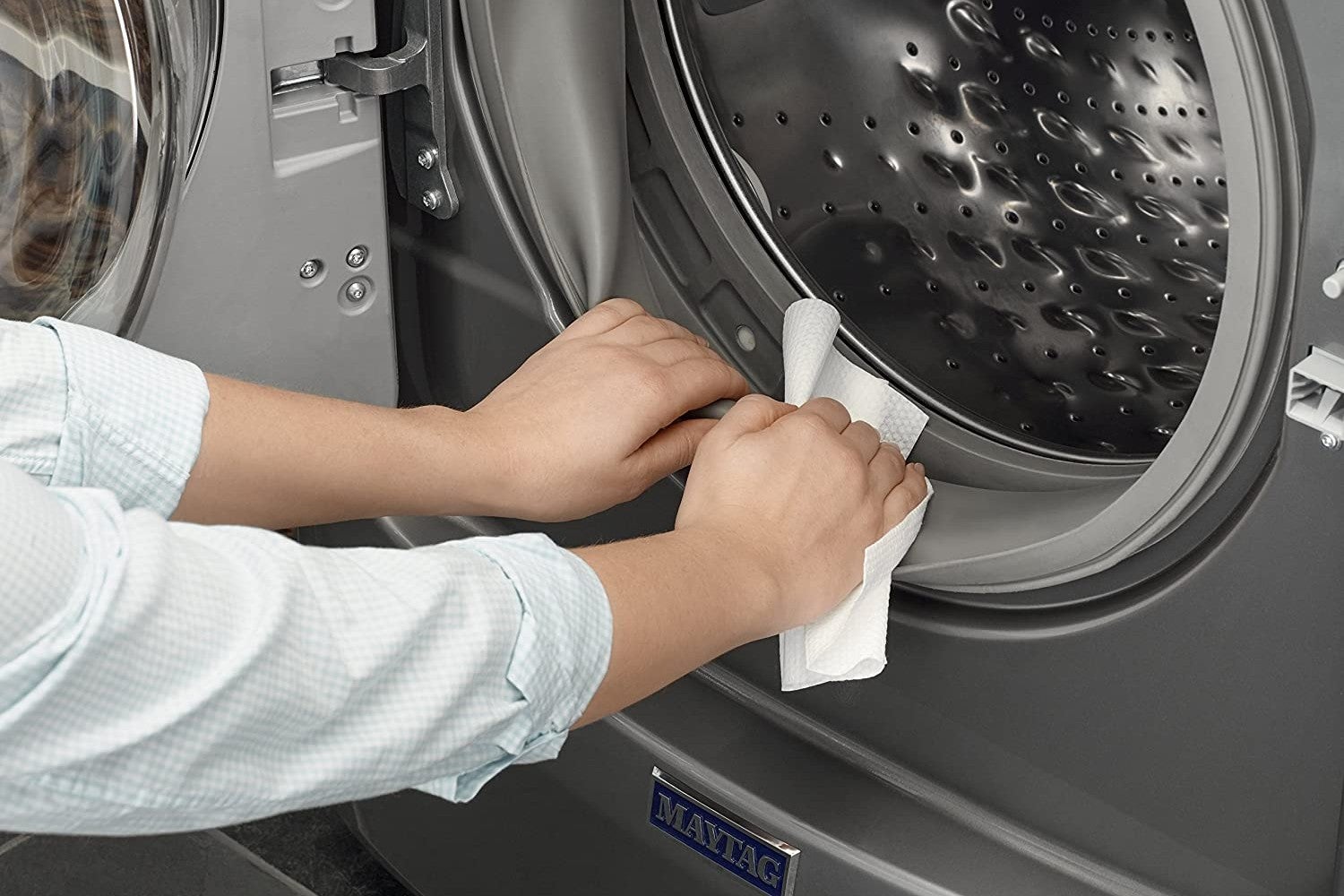
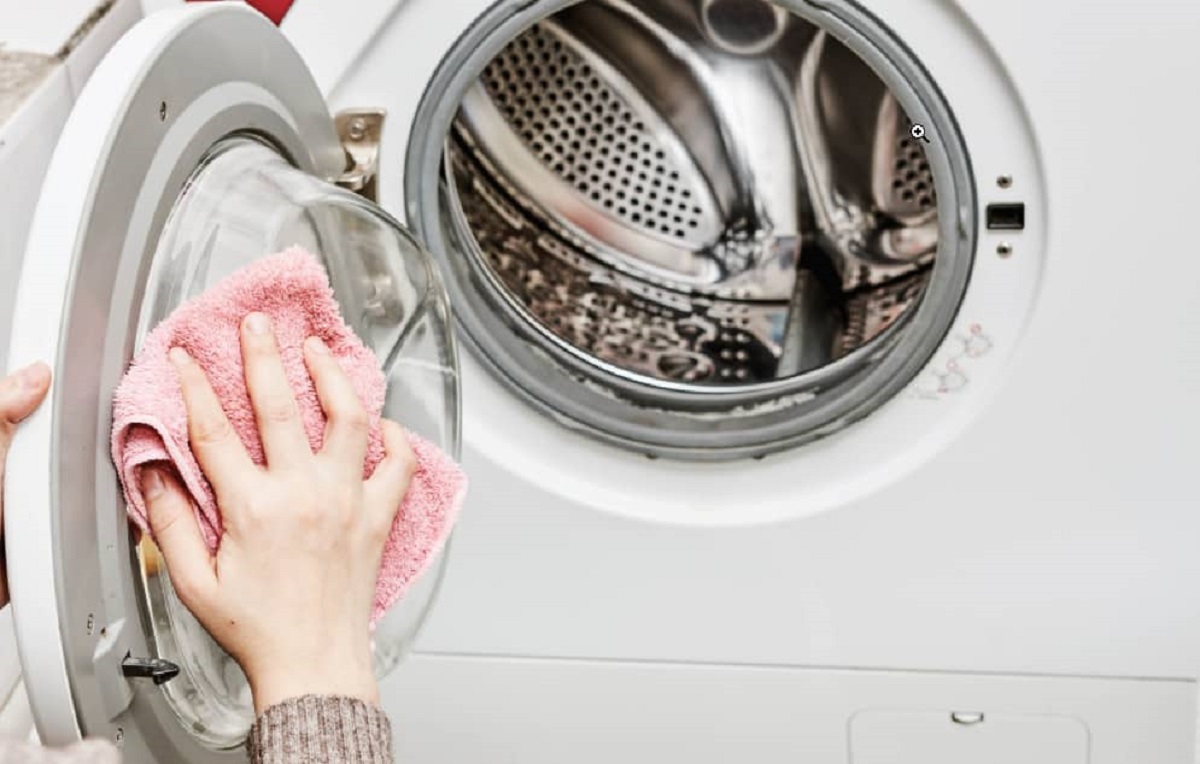
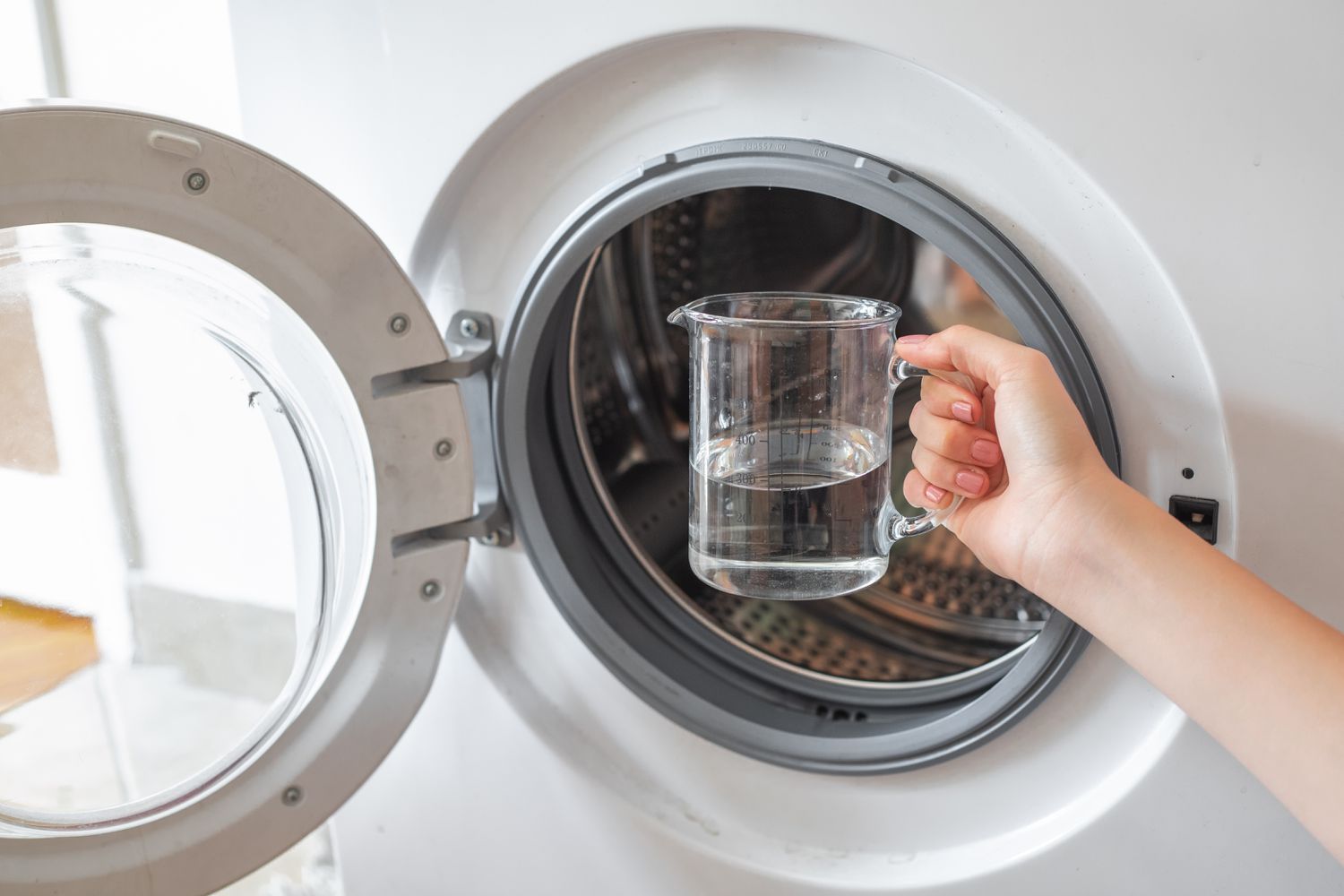
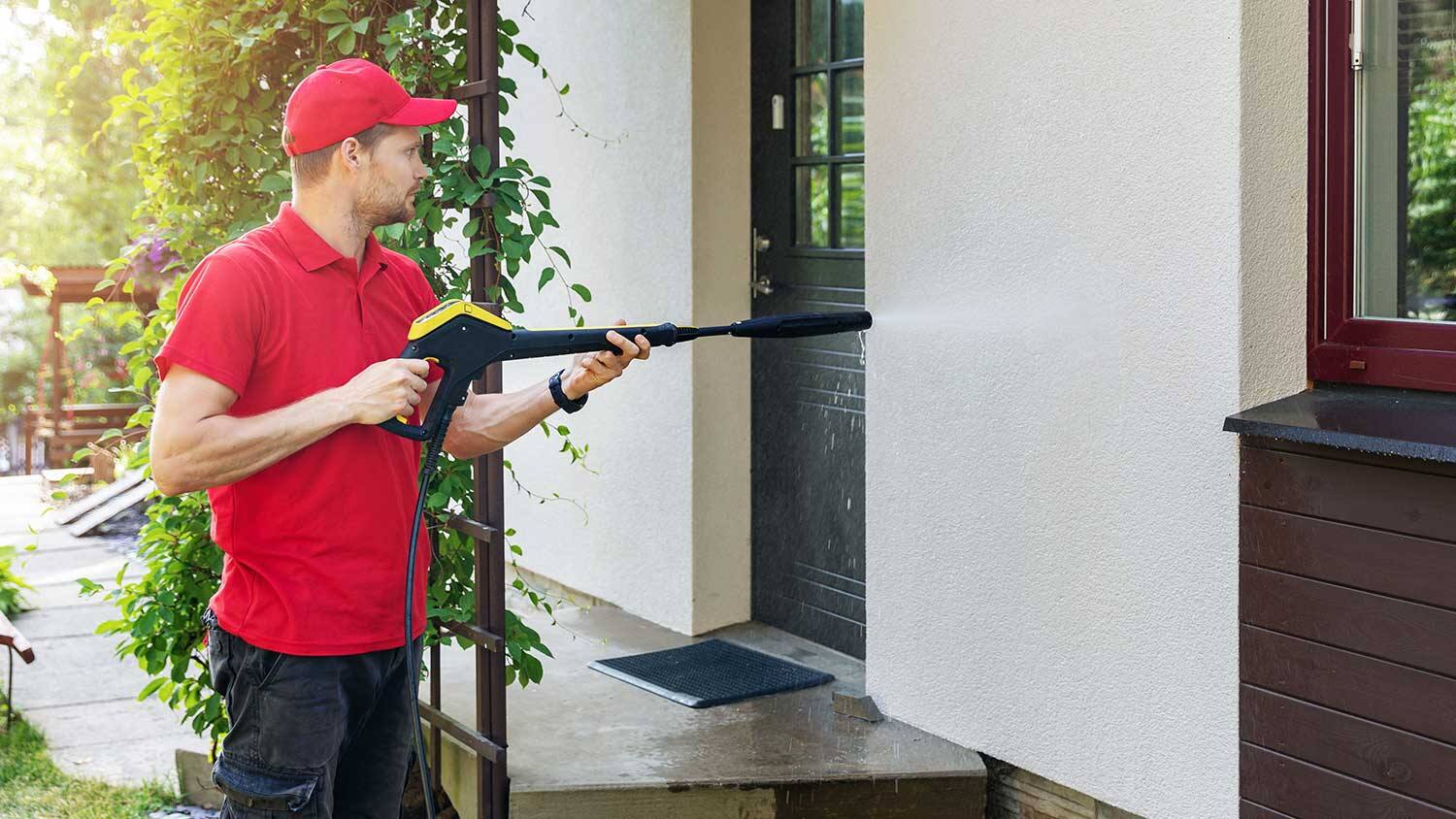
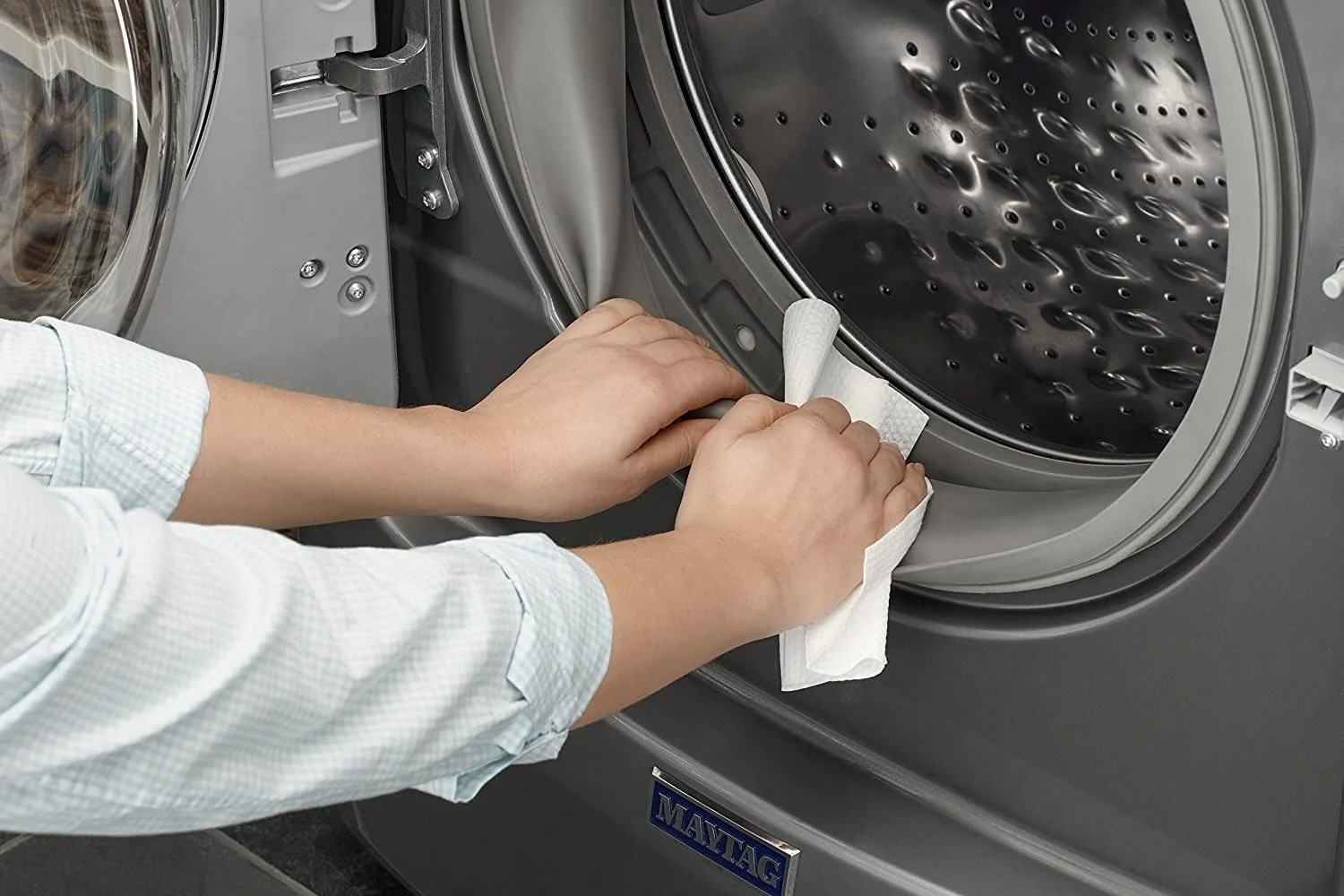
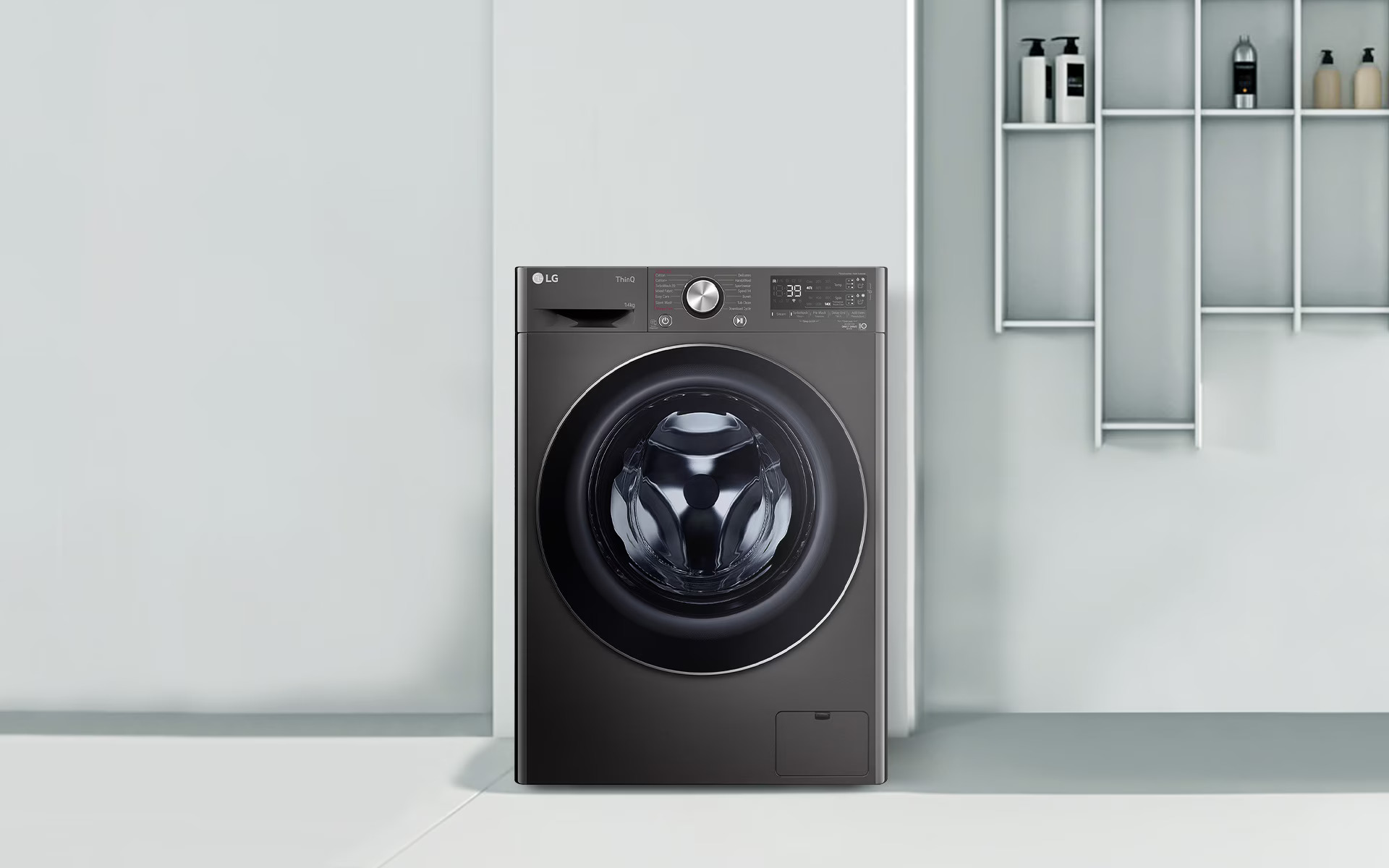
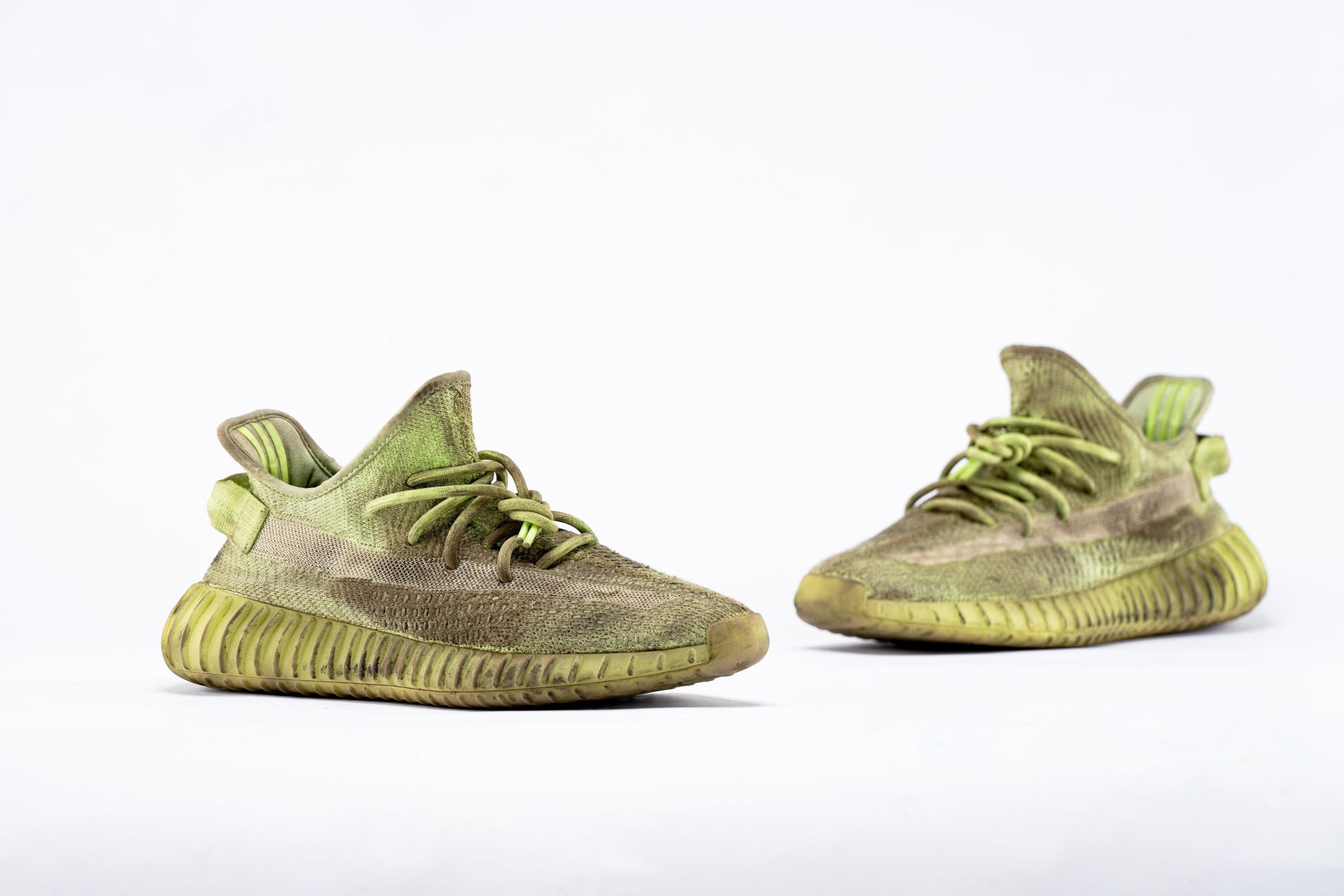
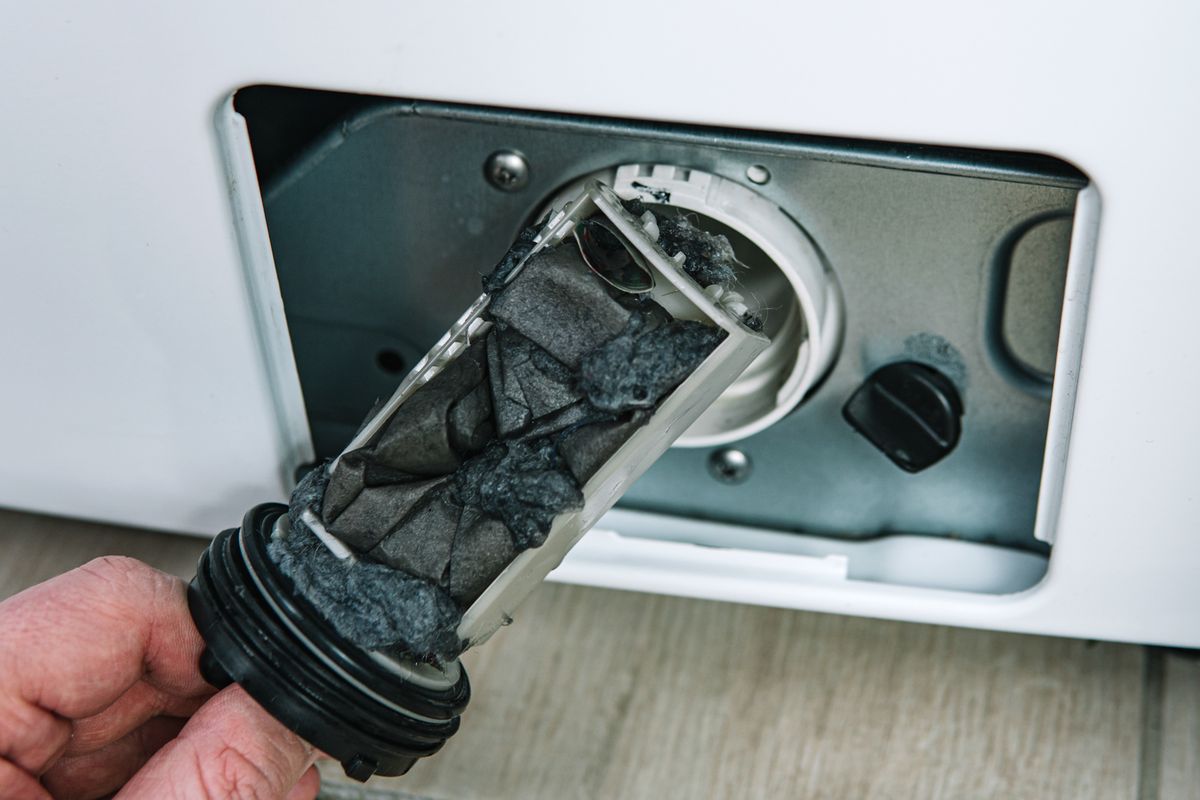
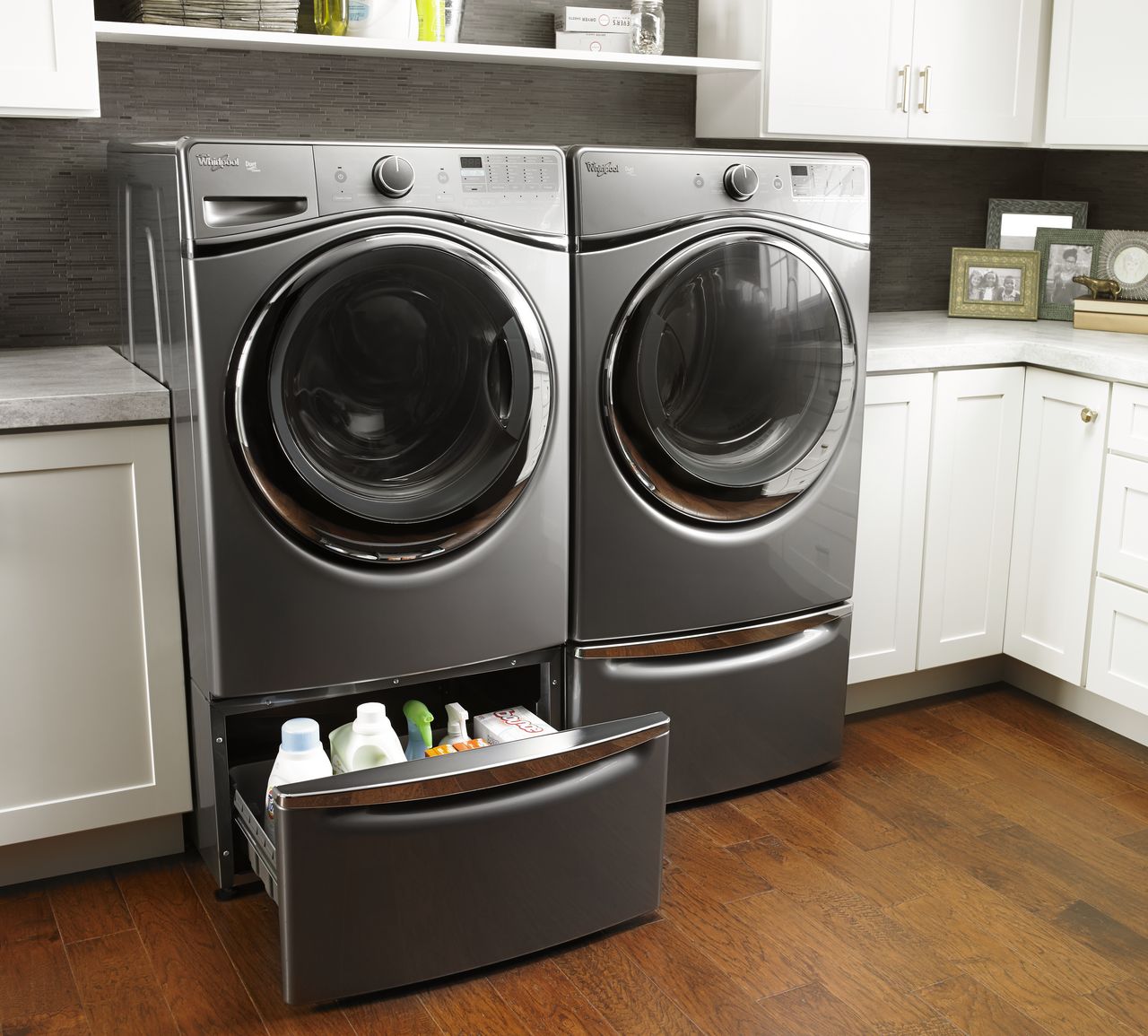

0 thoughts on “How To Clean Poop In A Washing Machine”